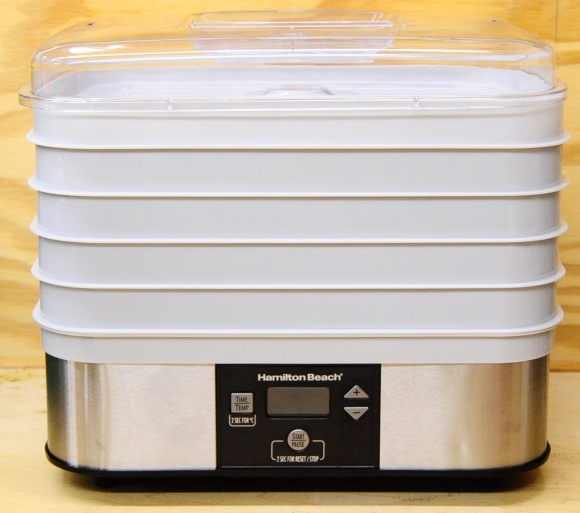
I know, usually I am meticulous… okay, semi meticulous with photography, but the clear plastic lid and gray body of the dehydrator would require putting away the white seamless paper roll and dragging out a darker gray roll, mounting it on the crossbar, then taking some test shots… Can’t do it. It’s Sunday. Yesterday was eight hours of cutting and trimming trees, clearing brush and chipping the resulting piles or turning it into firewood. I’m old, you’re not that impressive yourselves, so let’s stop complaining about the plywood backdrop and focus on the equipment.
One of the traps we, as firearm enthusiasts, fall into is buying generic type equipment with a firearm equipment brands logo and exorbitant price tag. When firearm accessory suppliers were selling plastic housing, small 2 liter sonic cleaners, single transducer with no temp control for $200, I checked manufacturing equipment sources and resellers. and found A larger 3 liter, 2 transducer sonic cleaner, all stainless, and with timer and temp control for the same price. Great unit, still use it routinely and it has been in service for years.
Two years ago I purchased a Frankford Arsenal Five Tray brass dryer for the then and current price of $55. It has no on/off switch in the single analog control, no timer, only temperature control with a range of 90°F to 160°F. The heating element and fan are in the lid; it sits atop stacked trays and a moulded plastic base. The lack of an on/off switch make checking work progress awkward as you’re holding in running heater/blower in one hand while trying to check material. There is no timer, so if you forget it is running, it will keep on running with no safety features to shut it off. The round form takes up more space than necessary and, the real problem, mine quit heating after only 9 hours of accumulated use. Cool air does not dry brass, it can only make it feel comfortable when the weather is warm.
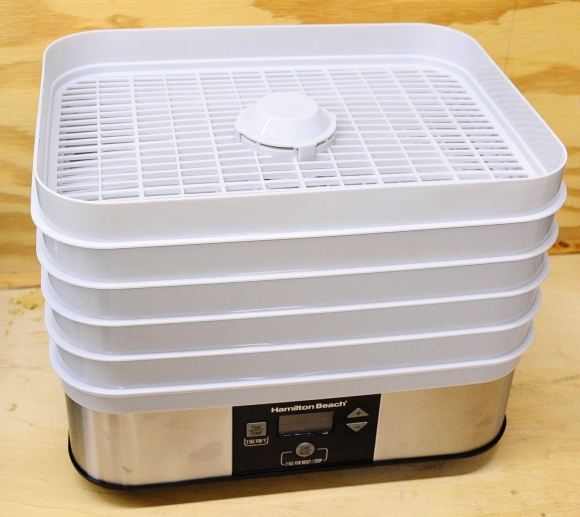
The Frankford Arsenal unit, across five trays and after netting out the center locating holes that passes through all, provides 660 square inches of drying surface. The Hamilton Beach with the same type of adjustments provides 590 square inches. The Frankford holds 1000 pieces of 223 Rem brass, 2000 pieces of 9mm Luger brass. The Hamilton Beach holds 900 pieces of 223 Rem brass and 1800 pieces of 9mm Luger. In my case, the difference is academic as my dryer would never see more than a few hundred of either. Because of the shape of the Hamilton Beach, I can pushes it back into a corner so it takes little surrounding space.
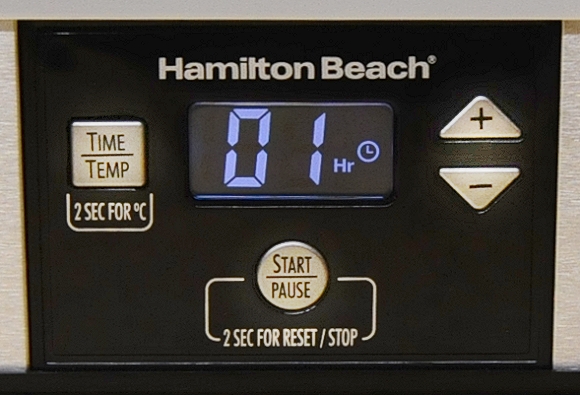
The time can be set for 1 to 48 hours in 1 hour increments. The last hour countdown changes to minute increments.Temperature can be set from 100°F to 160°F.in 90°F to 5°F.increments. For engineers who play video games and still share an apartment with your “Bros” the display can also be set to corresponding Fahrenheit temperatures. I would list them, but I left my slide rule in the back pocket of my bell bottom jeans. While in operation, the display alternates between time and temp every few seconds.

In use, the Frankford unit is a precarious stack of plastic that can move about at the most inopportune times… like when checking drying progress. The Hamilton Beach unit trays interlock and stay put until lifted off the unit. No heater and fan in the lid, just the interlocking clear plastic lid so the work can be seen without interrupting the drying process.
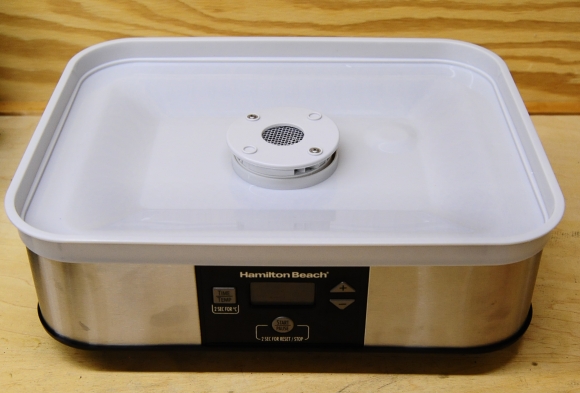
With all trays removed, the base is easy to wipe clean and has a sump to keep the heater/blower motor elevated away from accumulated dropping and the center of each tray is raised to prevent liquid or other material from dropping to the screen covered blower. How much protection?
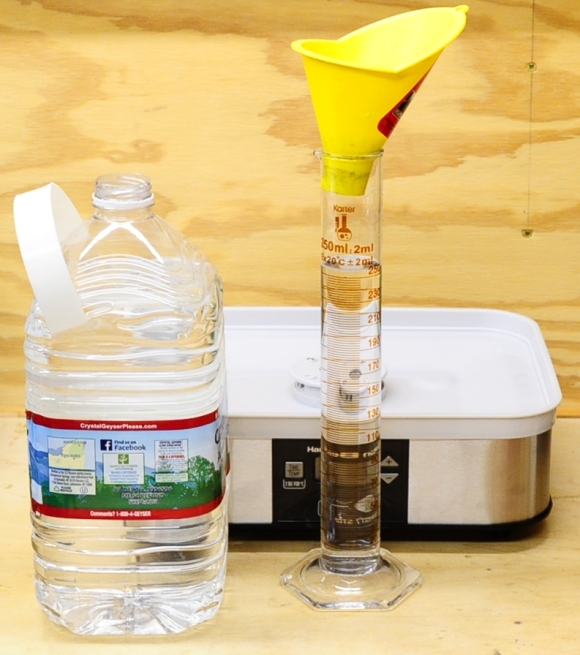
Using a measuring cylinder… left over from my hair restoration experiments in the 80s and held in reserve for emergency cylinder head CCing, I filled the sump in the unplugged base with water until the level reached reasonably close to the top of the center water shield. At 130 ml, or a little more than 1/2 cup of liquid. That would be the equivalent of 60 223 Remington case fulls of water, or 125 9mm Luger casings. Typically, water is drained from cases before tossing them in the dryer, but the equipment limitations are good to know.
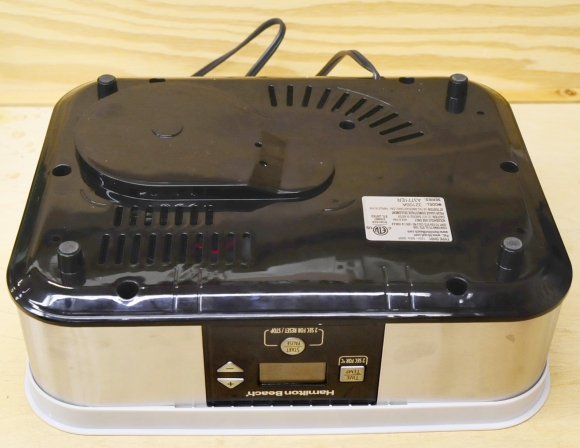
The base sits on raised feet for blower intake and cooling air clearance. Should be OK on any surface, unless your work bench is covered in shag rug. The base, right side up or upside down is stainless steel and wipes down easily.

Which takes up back to where we began. The Hamilton Beach Dehydrator costs $49, but there are many choices with lots of useful features and configuration. Looking at Amazon I found 119 products with four star and above ratings and prices from $34 to $449 for specialized products. They typical fall into the $34 to $60 range with heater/blowers above or below and and with all sorts of features. The very expensive are mostly all stainless steel with pull out trays and larger heaters and blower motors for more uniform drying of food products. Looking outside of typical firearm industry suppliers can offer some solid, cost effective options. No links to products. I have no special insight or preferences. The only message is to look around at sources outside of the firearms industry for generic application product to see if there are less costly and better products to be found.

Email Notification